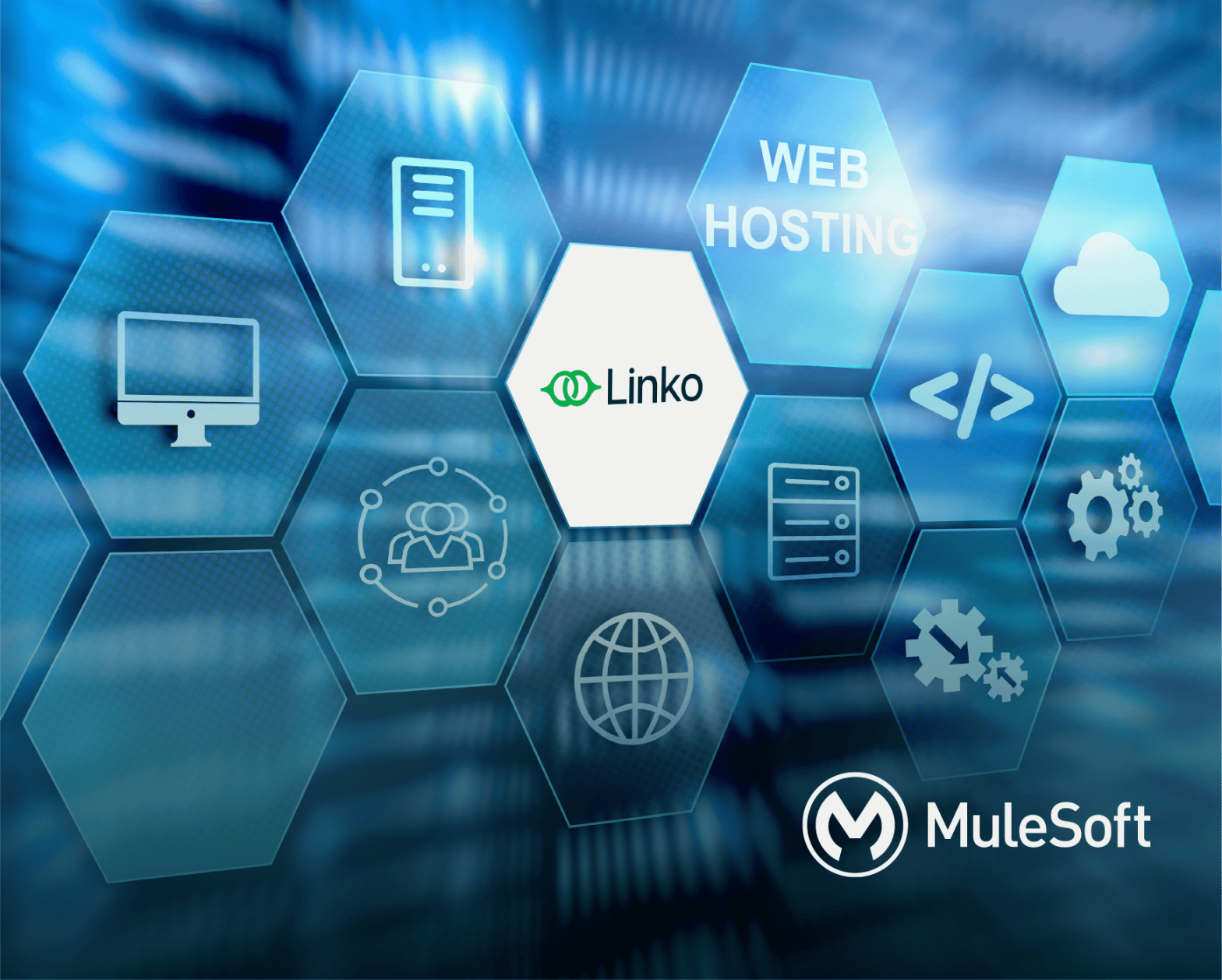Hybrid Cloud vs Multicloud: Key Business Factors to Consider
In today’s increasingly dynamic environment, cloud architecture is no longer just a technical decision—it’s a strategic imperative. The question is no longer if companies should migrate to the cloud, but how to do it efficiently, securely, and at scale.
According to Flexera’s State of the Cloud 2024 report, 89% of organizations have adopted a multicloud strategy, while 72% are combining public and private clouds in hybrid models. These numbers highlight a critical truth: the cloud is not a one-size-fits-all choice, but an evolving ecosystem of options that must align with business goals.
Amid this complexity, two models dominate the conversation: hybrid cloud and multicloud. Although they share some characteristics, their architecture, approach, and business impact are fundamentally different. Choosing between them isn’t just a technical matter—it reflects an organization’s broader vision.
What Is Hybrid Cloud and When to Use It?
A hybrid cloud architecture combines on-premises infrastructure (such as private data centers) with public or private cloud services. The goal is to build an interconnected environment where data and applications can move securely and efficiently across systems.
Benefits of a Hybrid Cloud Architecture
- Greater control over sensitive data by keeping parts of the infrastructure in-house.
- Operational flexibility, ideal for variable or seasonal workloads.
- Stronger regulatory compliance, especially in highly regulated industries.
Challenges of Implementing Hybrid Cloud
- Higher integration complexity.
- Upfront modernization costs for legacy systems.
- Clear governance policies are required for data management.
What About Multicloud?
A multicloud strategy involves using multiple public cloud providers (e.g., AWS, Azure, Google Cloud) simultaneously. Unlike hybrid cloud, there’s no requirement for local infrastructure—instead, it’s about distributing workloads strategically to enhance performance, reduce risk, and avoid vendor lock-in.
Key advantages:
- Resilience and redundancy in case of provider outages.
- Cost and service optimization by leveraging the strengths of each platform.
- Access to advanced capabilities such as AI, analytics, or DevOps specific to each cloud.
Challenges:
- Increased operational and security complexity.
- Dispersed data environments can be harder to manage.
- Requires unified monitoring and observability tools.
Which One Should You Choose? Key Factors to Consider
There’s no universal answer to the hybrid vs. multicloud debate. The right approach depends on your organization’s digital maturity, data strategy, regulatory environment, and internal tech capabilities.
When comparing hybrid cloud vs multicloud models, it’s essential to assess how each aligns with your organization’s control, scalability, and compliance needs.
| Factor | Hybrid Cloud | Multicloud |
| Level of control | High | Medium |
| Rapid scalability | Moderate | High |
| Vendor lock-in risk | Low | Very low |
| Regulatory requirements | High compatibility | Medium |
| Operational management | Complex, but centralized | Very complex, distributed |
Linko’s Perspective: Make Data-Driven, Not Trend-Driven, Decisions
At Linko, we believe cloud architecture decisions should not be based on trends but on a clear ability to generate business value from data. A strong cloud strategy lays the foundation for advanced analytics, applied AI, and automated decision-making.
With deep expertise in hybrid and multicloud environments, we help organizations design and implement architectures that support their strategic goals. It’s not about choosing one model over another—it’s about finding the right balance between security, agility, and scalability.
Strategy First, Technology Second
The hybrid vs. multicloud conversation shouldn’t revolve around which model is objectively “better,” but which one aligns best with your business logic. In a world where data volumes are exploding and decisions must happen in real time, having a flexible, secure, and business-aligned cloud architecture isn’t a competitive edge—it’s a prerequisite.
Ready to assess the right model for your organization? Discover how Linko can help you design your tailored cloud architecture.





